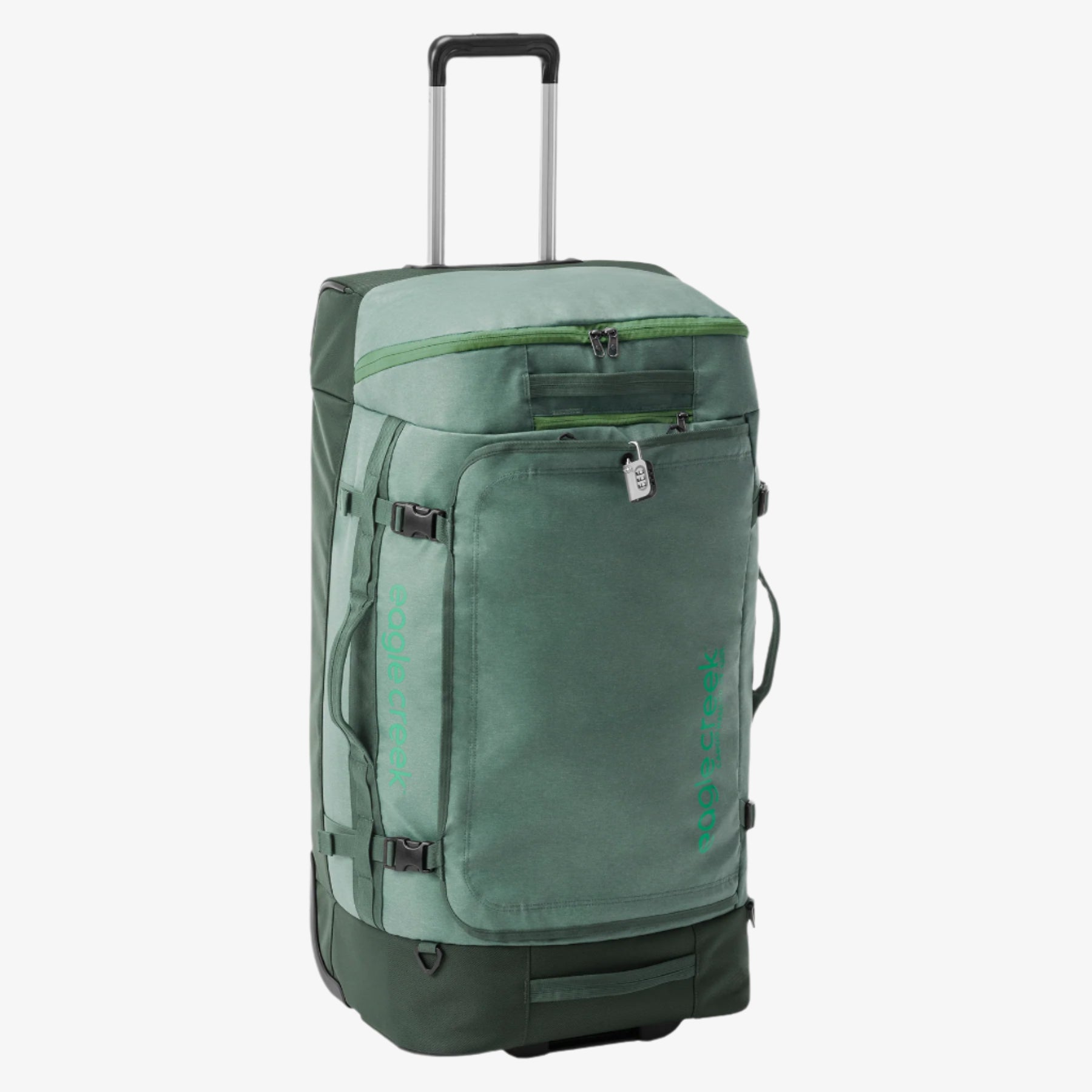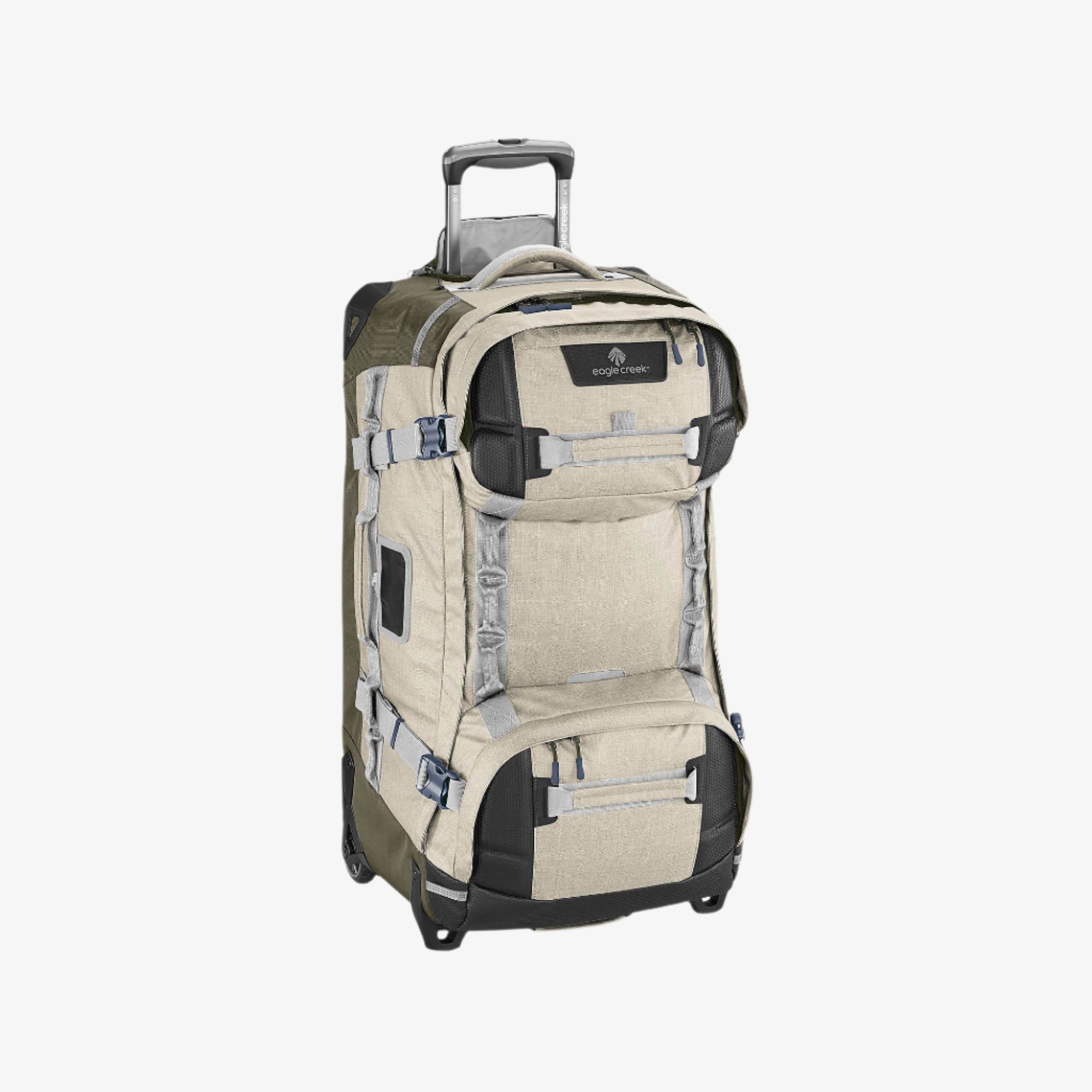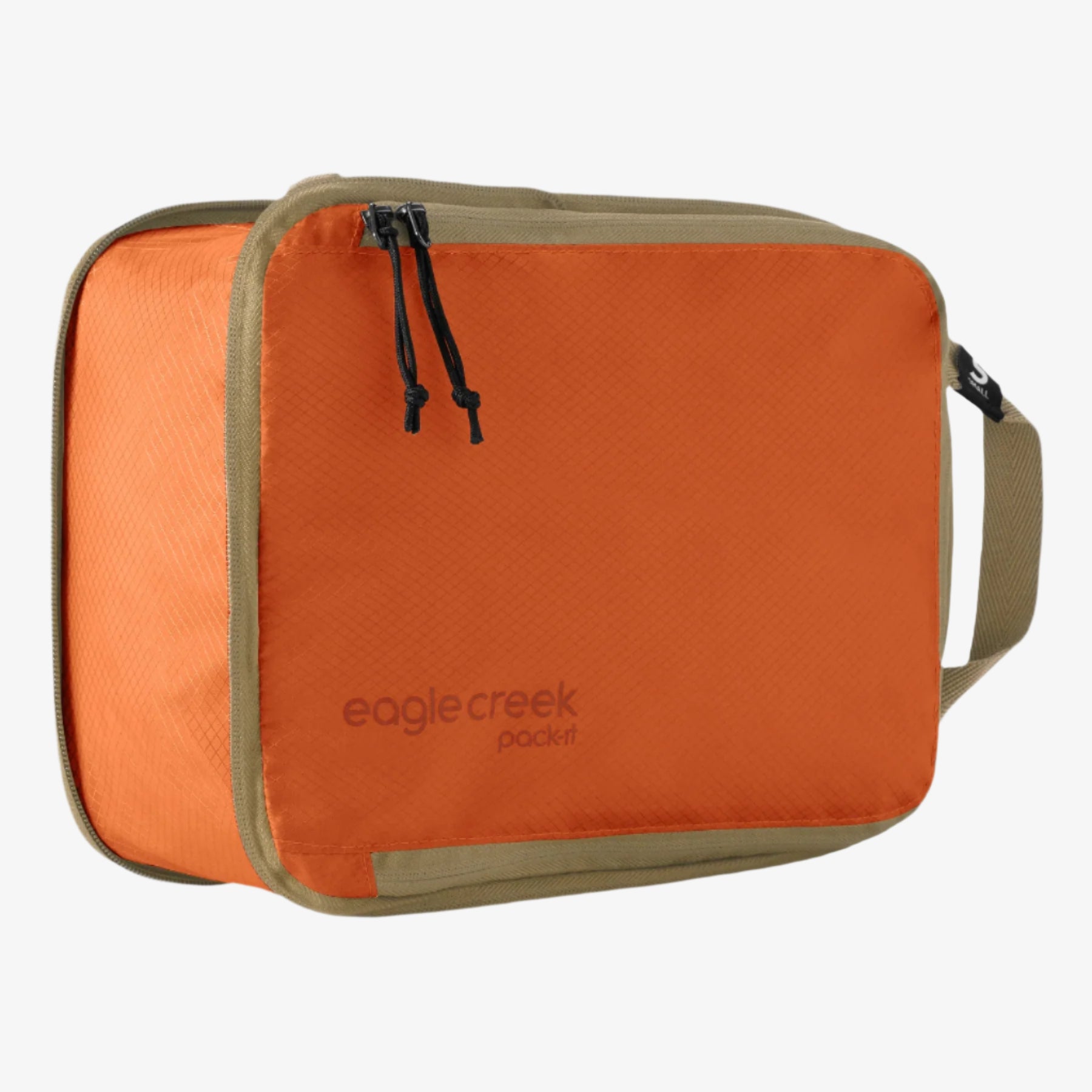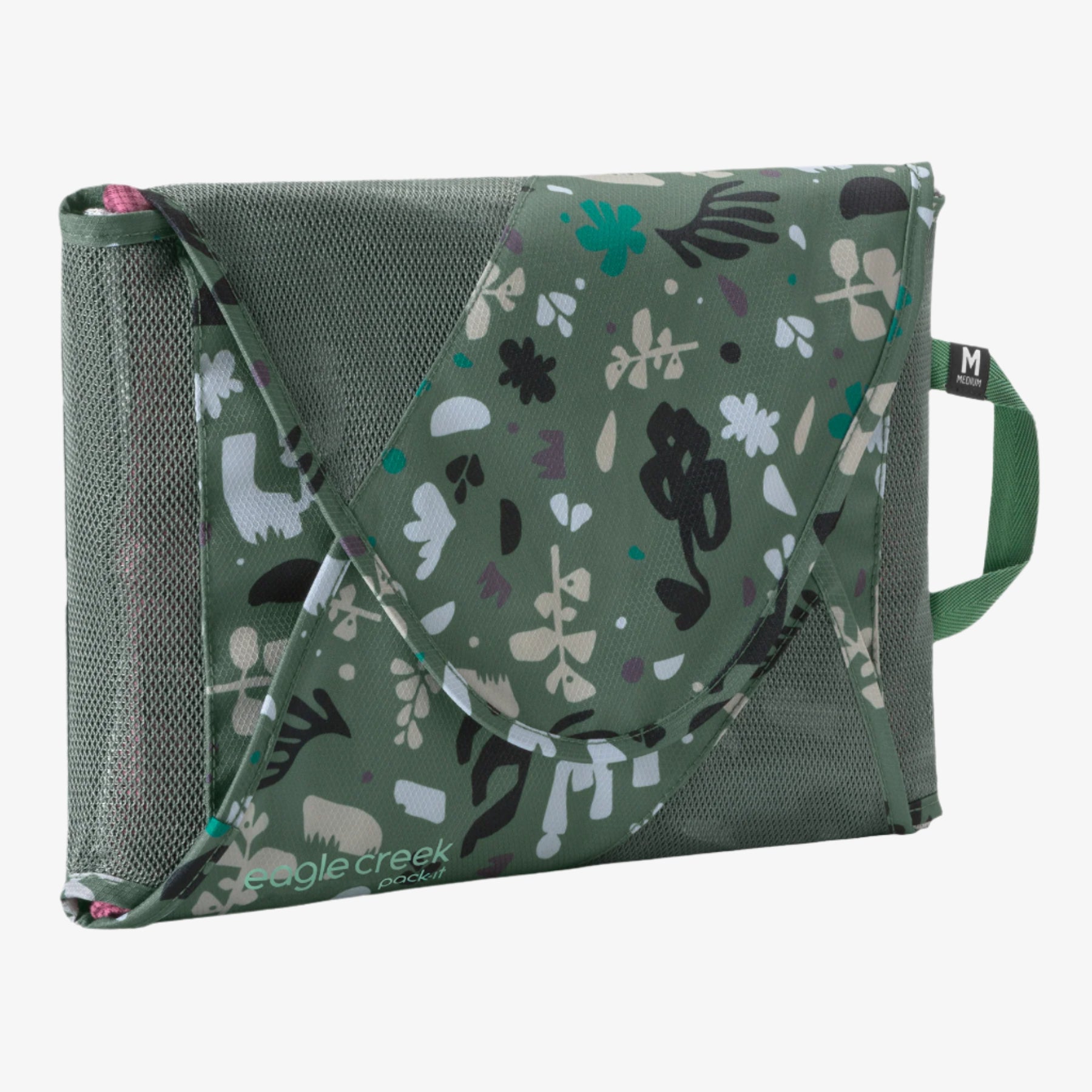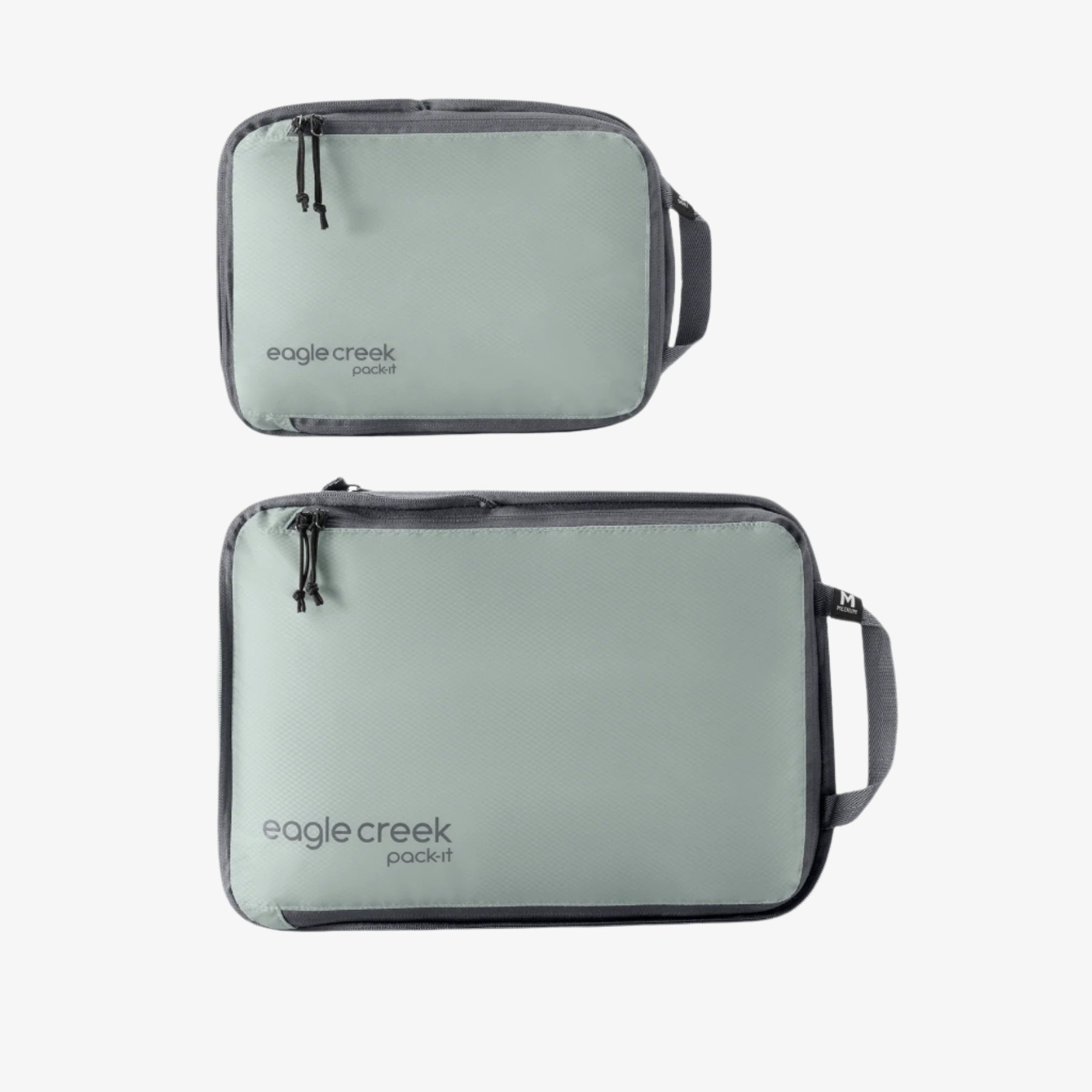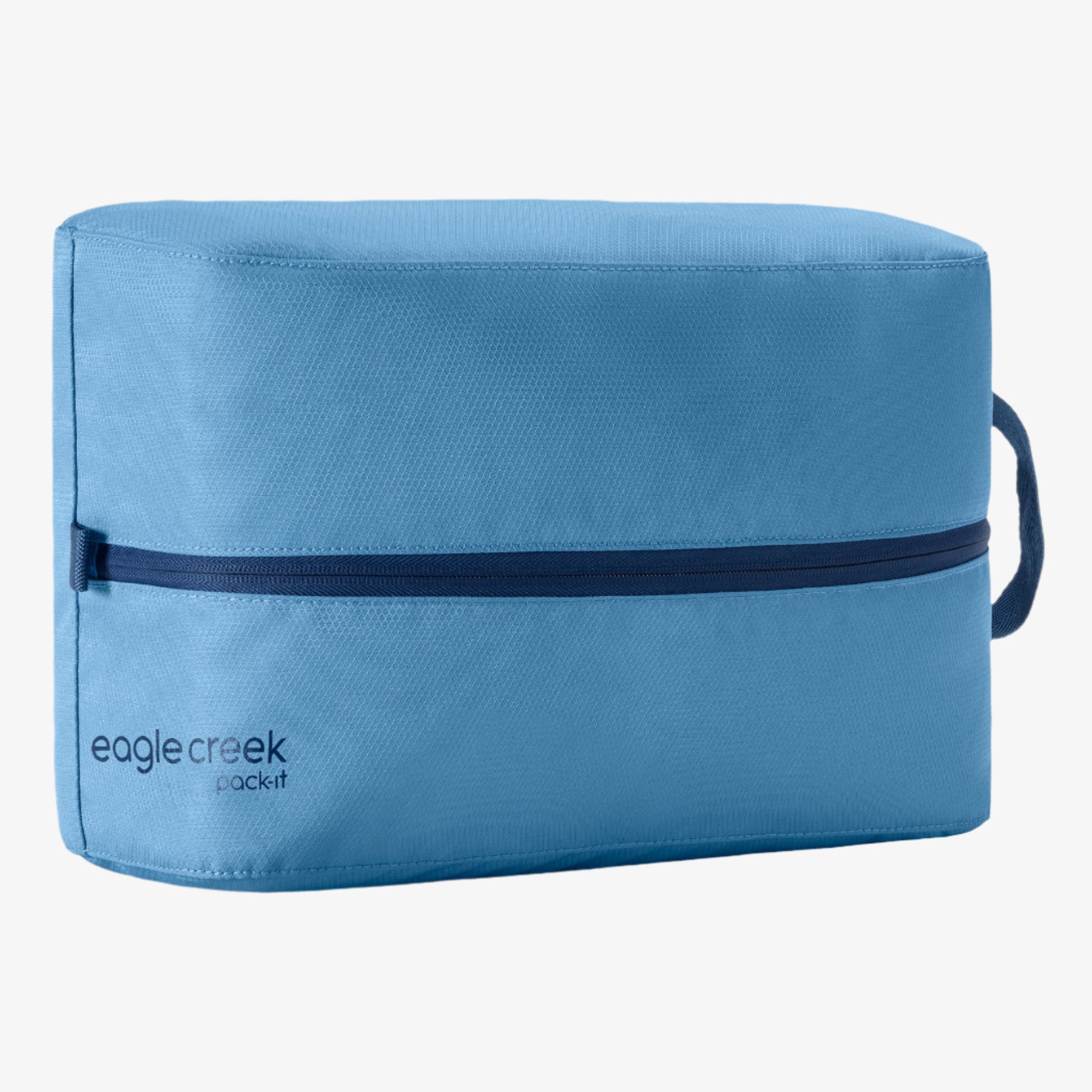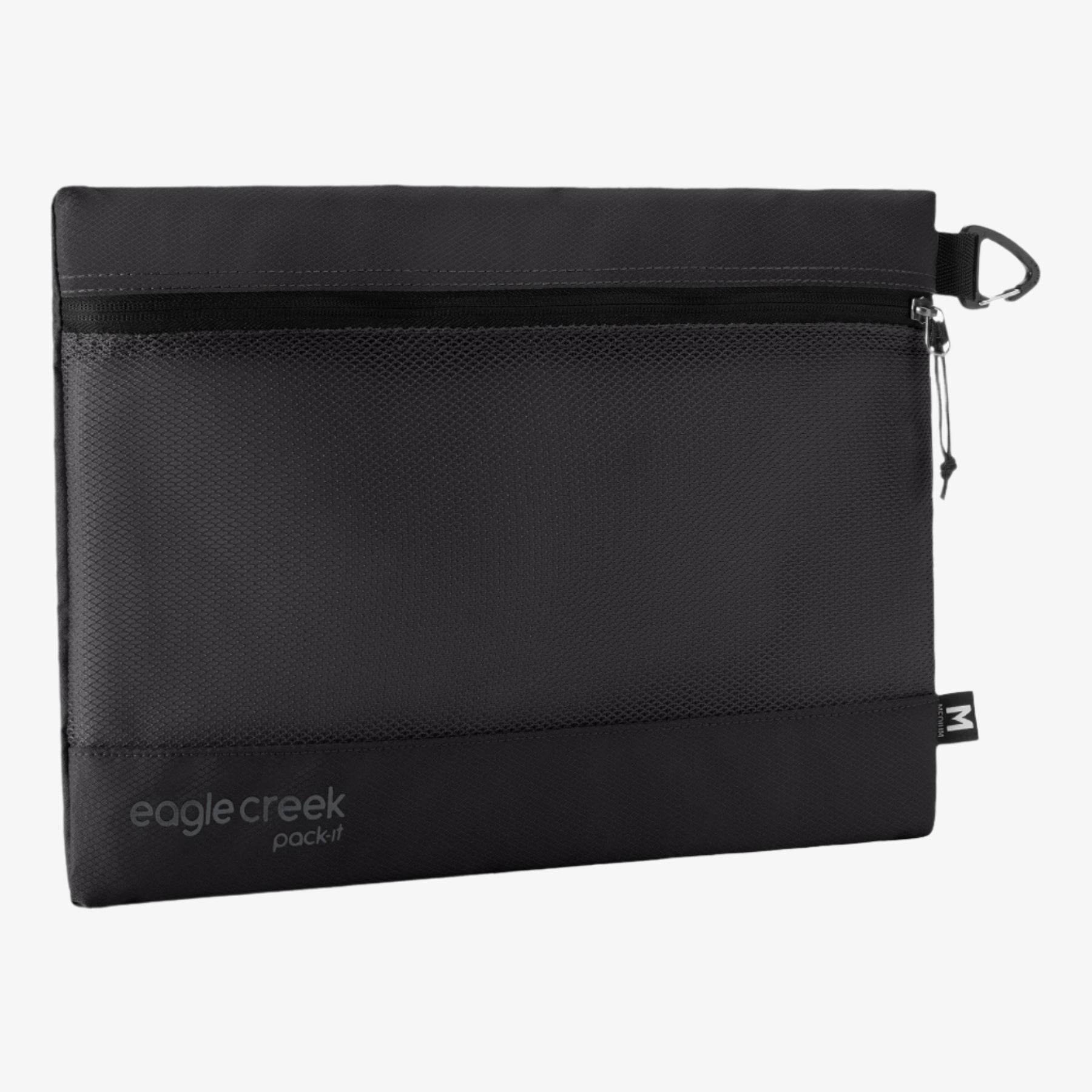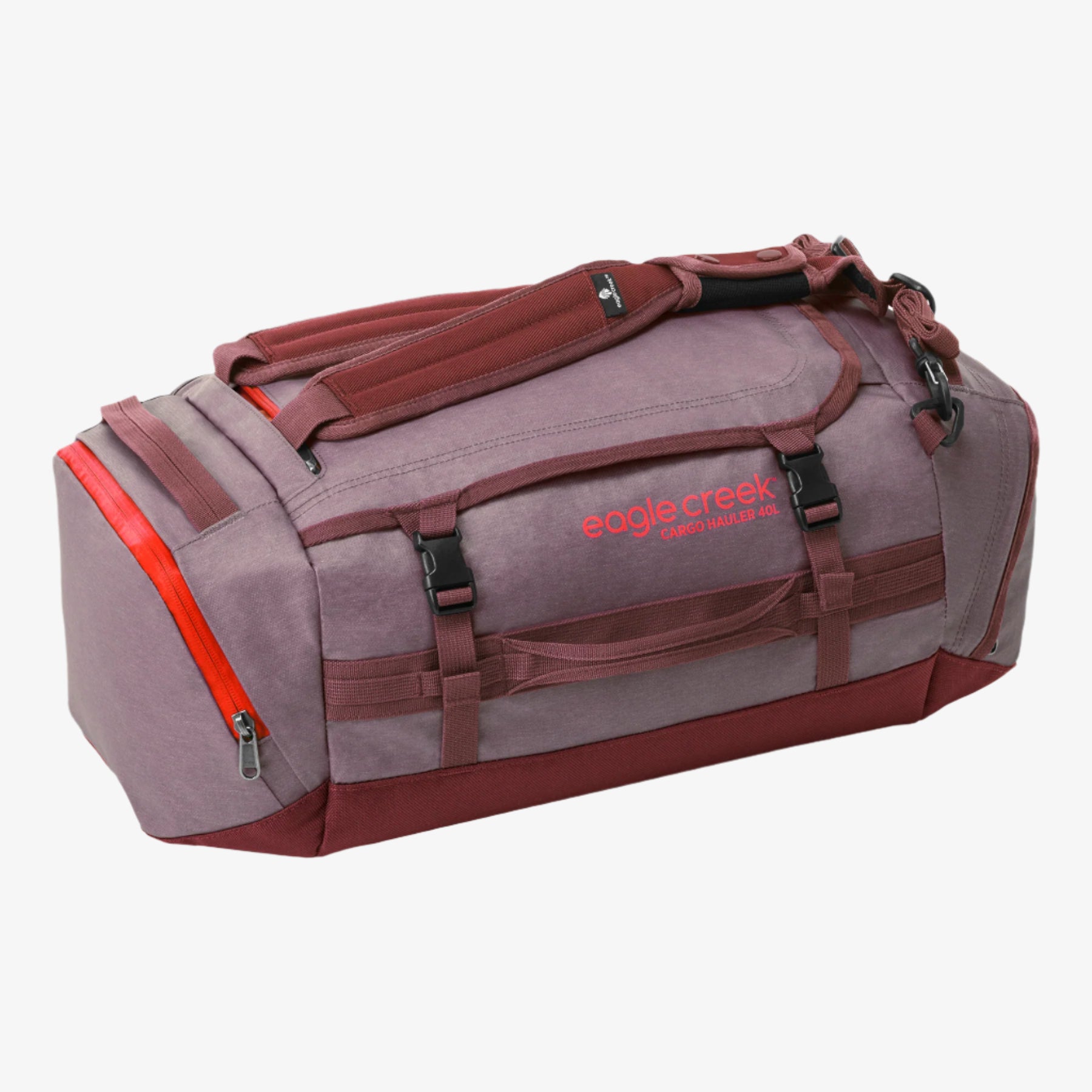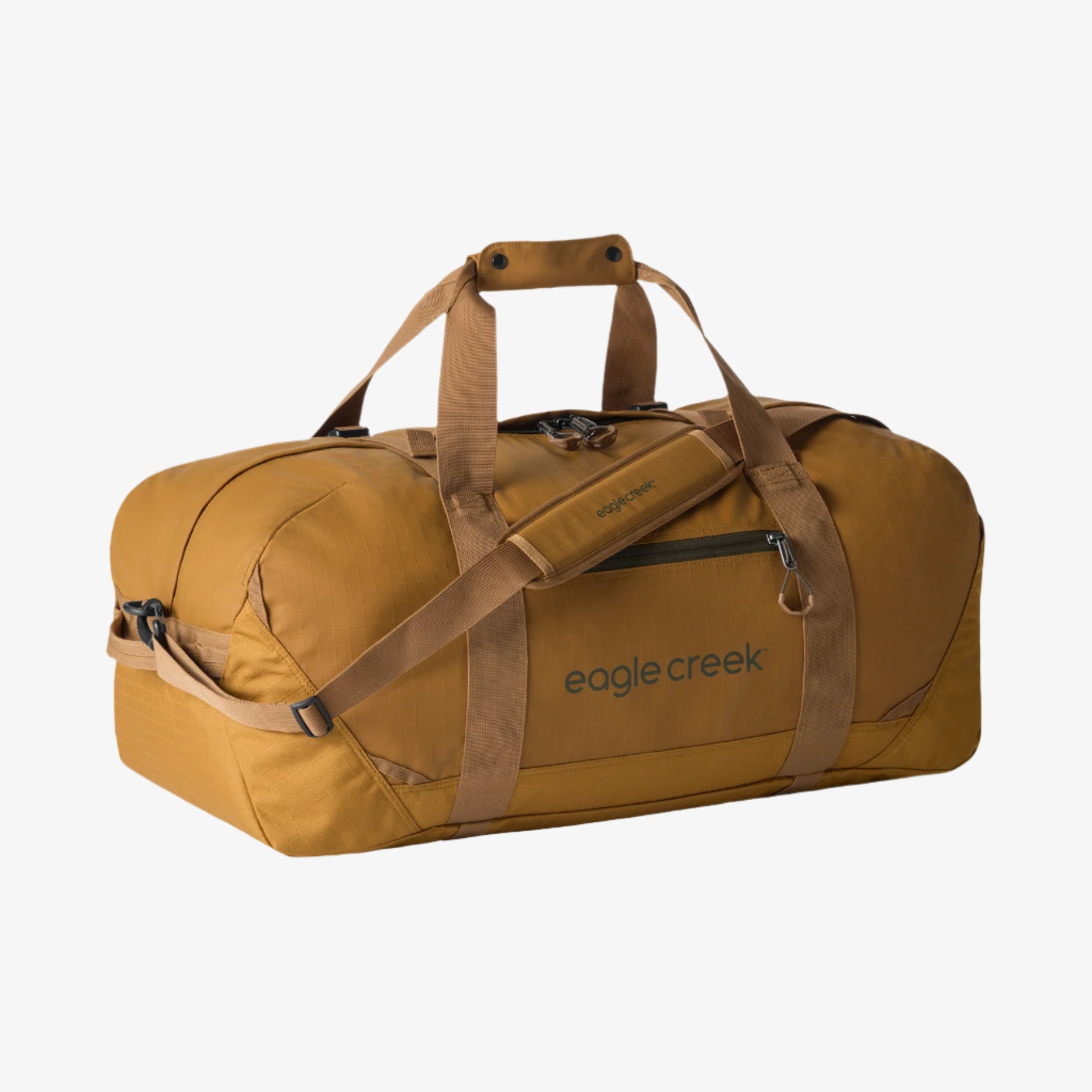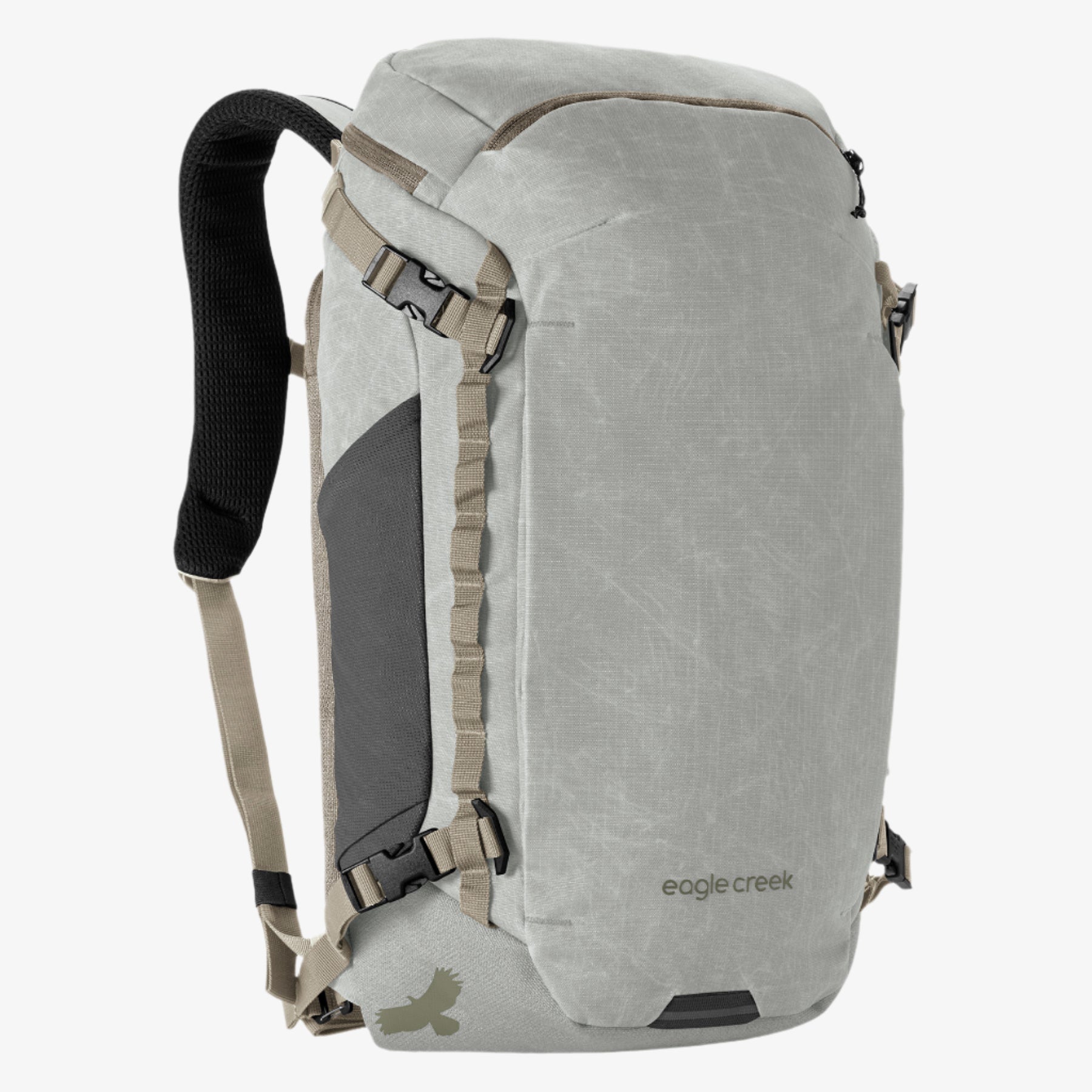2014 Travel: 3 Gadgets to Make Air Travel Easier

Breeze through the security line and say goodbye to the possibility of lost luggage with the latest trends in travel technology.
After a long day of flying, there are few things more frustrating than realizing your travel bag didn’t make it onto the luggage carousel. The only other travel disappointment that surpasses the lost baggage hassle: Missing your flight altogether as you wait in an endless line to pass through security. Fortunately, new travel technology is making it easier to guarantee both you and your travel gear arrive at your destination on time. From iris scans to GPS tracking devices, check the three newest gadgets that help ensure your trip goes smoothly.
GPS and RFID Luggage Tracking Devices
Each year millions of checked bags get left behind, sent to the wrong city, or simply disappear. Finally, there’s a solution to the problem—two solutions, in fact. GPS and RFID tracking devices both aim to make lost luggage a thing of the past. GPS trackers use satellite signals to determine the exact location of a palm-sized device. Pop one in your suitcase, and you’ll always know where the bag is. The device syncs to your smartphone, sending an alert when your luggage hits the ground. Should your stuff end up where it’s not supposed to be, you’ll know as soon as you land, and can quickly remedy the situation. The other form of luggage tracking, radio-frequency identification or RFID, has a bit of a bad rap. RFID technology is sometimes used in wireless identity theft. In recent years, international travelers have even started carrying RFID-blocking wallets and RFID blocking money belts in an effort to prevent thieves from stealing personal information from the RFID chips in passports and credit cards. While RFID technology is sometimes employed by criminals, it can also be used as a highly effective tool to monitor your luggagewhile flying. Similar to GPS devices, RFID trackers inform users of their bags’ locations in real time. Sending updates to mobile phones, these trackers ease anxiety by letting travelers know as soon as their suitcase makes it safely to its proper destination.
CLEAR Card
For frequent fliers, nothing is more frustrating than rushing to the airport only to wait in a seemingly never-ending security line. In a post-9/11 world, x-ray machines and individual screenings are a given, but now there’s a way to avoid the crowds, if you’re willing to pay the price. A pocket-sized, translucent gadget known as a CLEAR card is your fast-track ticket through security. Upon registration, CLEAR collects customers’ personal and biometric information, including iris and fingerprint scans, and then uses the pre-approved data to allow members to breeze past the line and move straight to the TSA screening process. The CLEAR program is now open in nine major airports (San Francisco, San Jose, Denver, Westchester County, Orlando, Dallas/Fort Worth, San Antonio, and both George Bush Intercontinental and William P. Hobby in Houston) with plans to continue expansion in the United States. But, moving to the front of the line doesn’t come cheap. An annual membership in the CLEAR program costs $179. For more information on how to register, visit www.clearme.com.
If you don’t frequent the airports and are not currently participating in CLEAR, consider reading up on the TSA’s new pre-check program. After a criminal background check and fingerprinting, and a one-time application fee of $85, it allows members to keep their shoes, belts, and jackets on during security and promises shorter lines and improved customer service. And finally, if globetrotting is more your style, look into Global Entry. The U.S. customs program authorizes international travelers to re-enter the country through an automated machine instead of waiting in line for a customs agent. Once travelers are pre-approved for the program (a process that requires both a fingerprint scan and extensive interview) the service costs $100 and is available in 44 airports within the United States. How much would you be willing to pay for an easier airport experience? Let us know in the comment section below!
Caroline Hallemann is a freelance journalist currently living in New York’s East Village. Follow her on Twitter, @challemann.
Related Posts
What to Do if Your Airline Luggage Gets Lost
